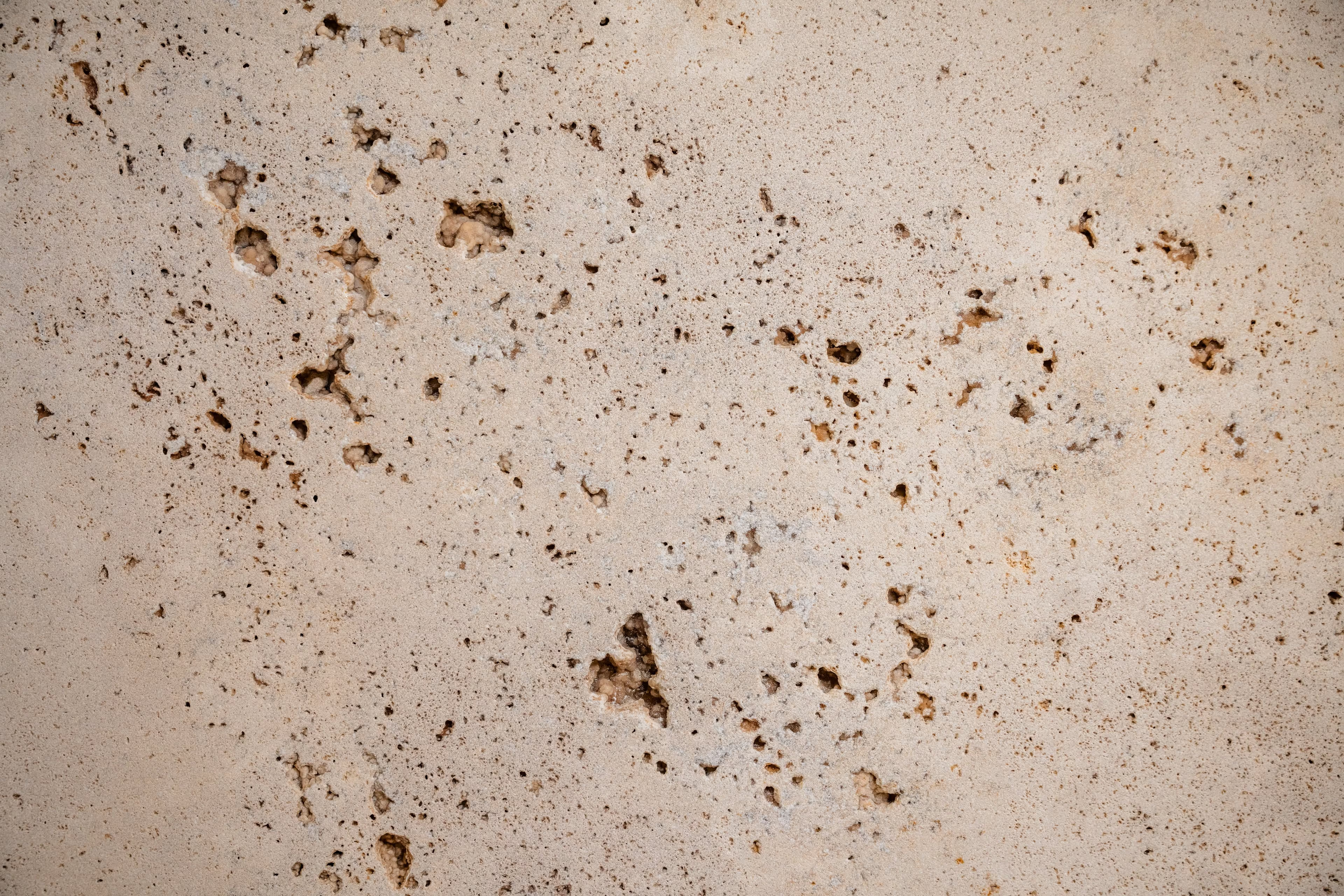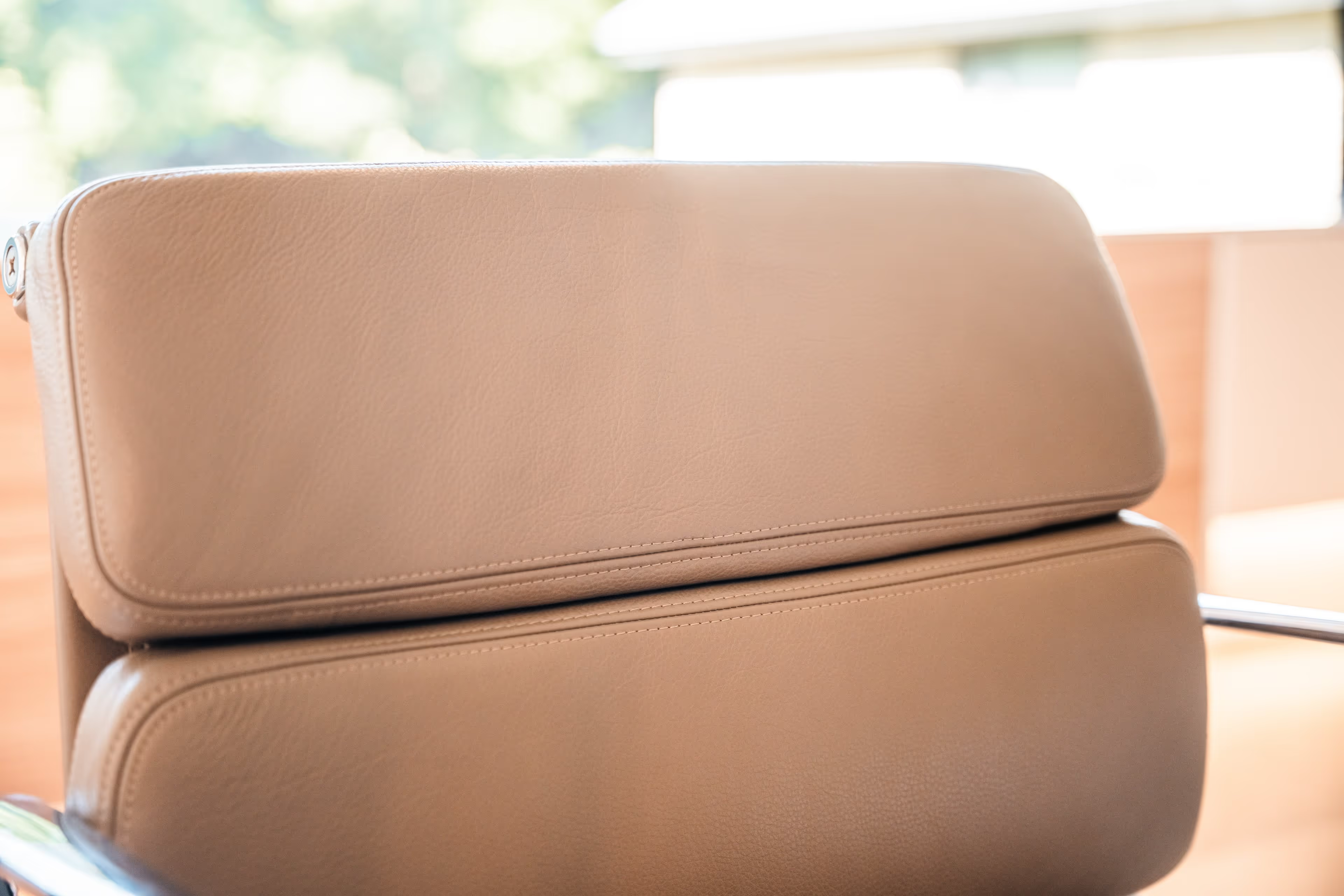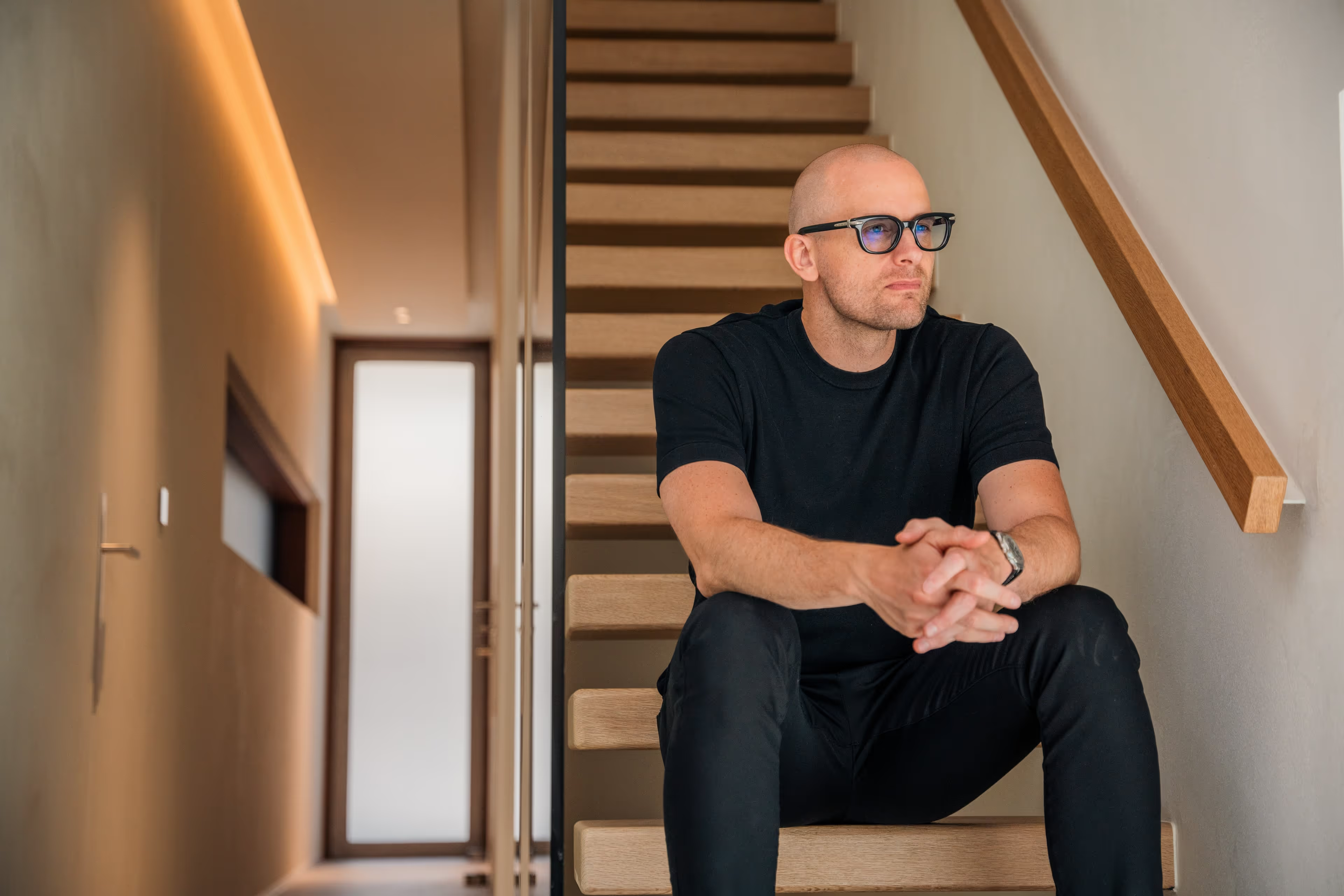Too early for a facelift?
It's a question many ask themselves when they begin to notice that their face is showing the first signs of aging. The answer is not always easy. Nevertheless, many patients prefer to have this procedure at this stage, precisely because once features of aging are seen in the face, it is difficult to spare them as a patient.
There are a number of important aspects to considering a facelift at a younger age. For example, it is important to realize that minimally invasive procedures will become less effective as aging features increase. Moreover, they incur recurring costs, do not eliminate the indication for lifting surgery, and, when used inappropriately, can cause unnatural results.
Specific age-related features, such as festoons, deep static wrinkles or horizontal neck bands, may additionally become partially or completely irreversible if not treated promptly. Delaying surgical intervention may thus limit the potential outcome of the surgery.
The earlier aging features in the face are reversed, the better and the longer-lasting the result. After all, a patient who undergoes a facial rejuvenation procedure at a younger stage will always look younger than his or her biological age, and consequently enjoy this result for many more years.
Of course, it is important to discuss this with your surgeon. Honest and transparent advice regarding your suitability for such surgery is essential. However, advanced techniques, such as the Deep Plane Facelift, create natural and unobtrusive results. This can prevent any delays in having your facelift performed because the fear of striking, weird or unnatural results is discussed and eliminated.









.avif)







.avif)